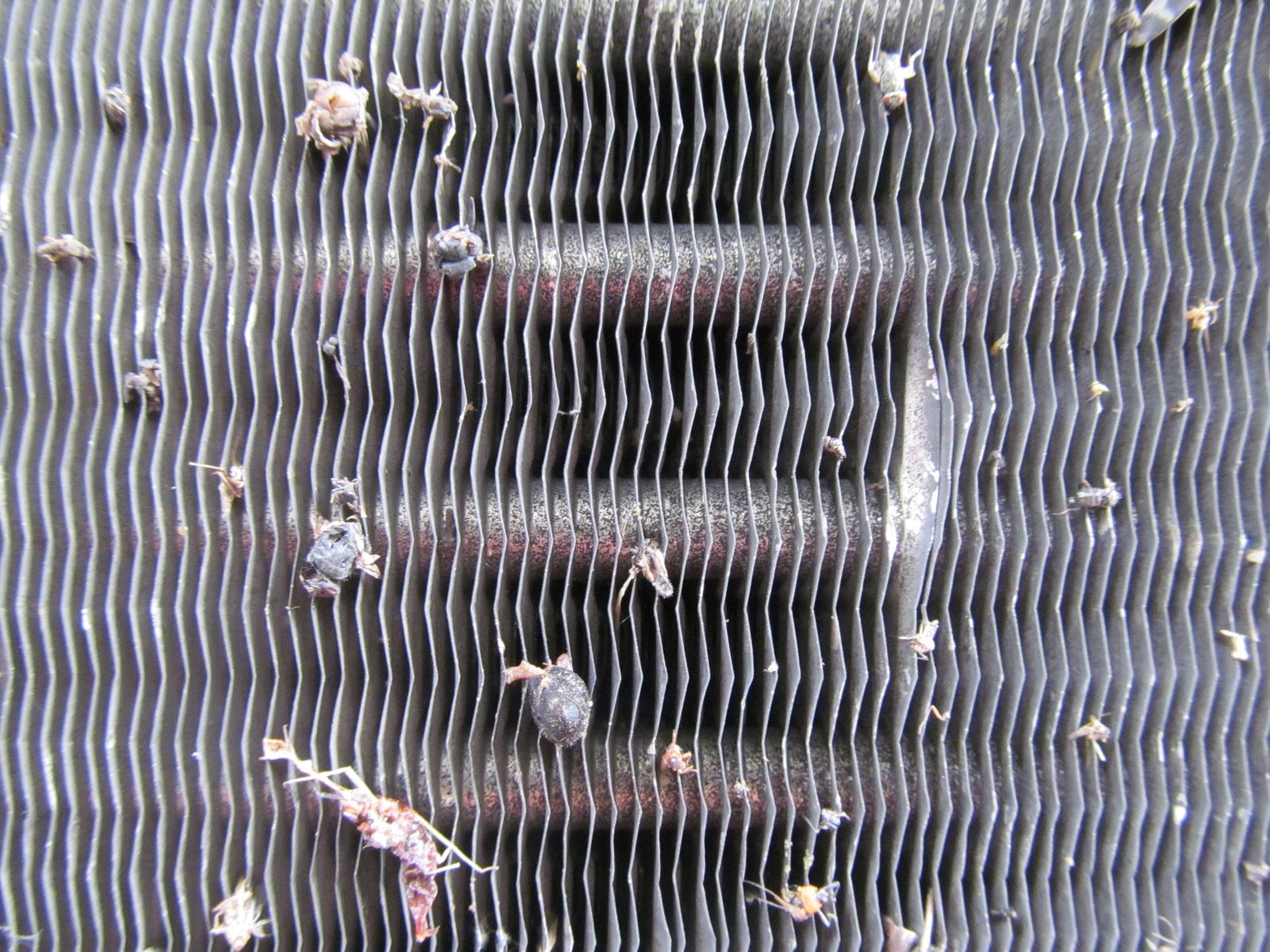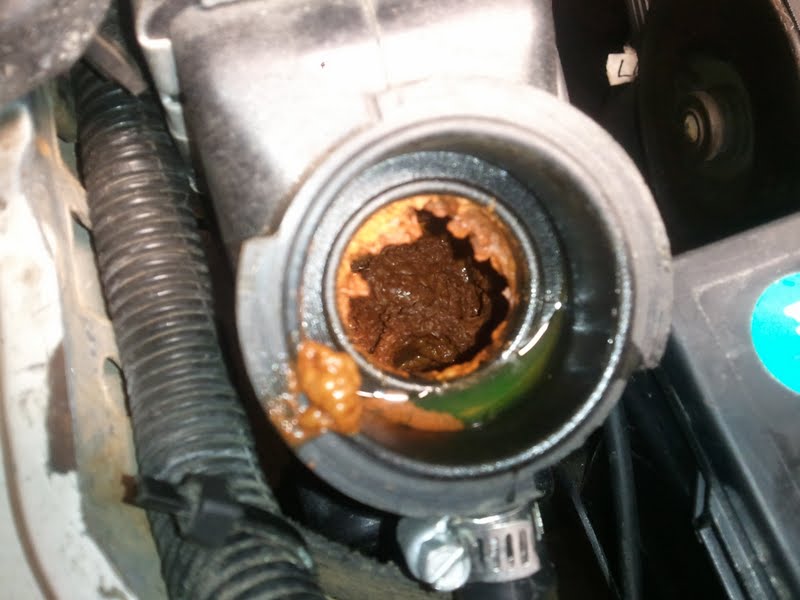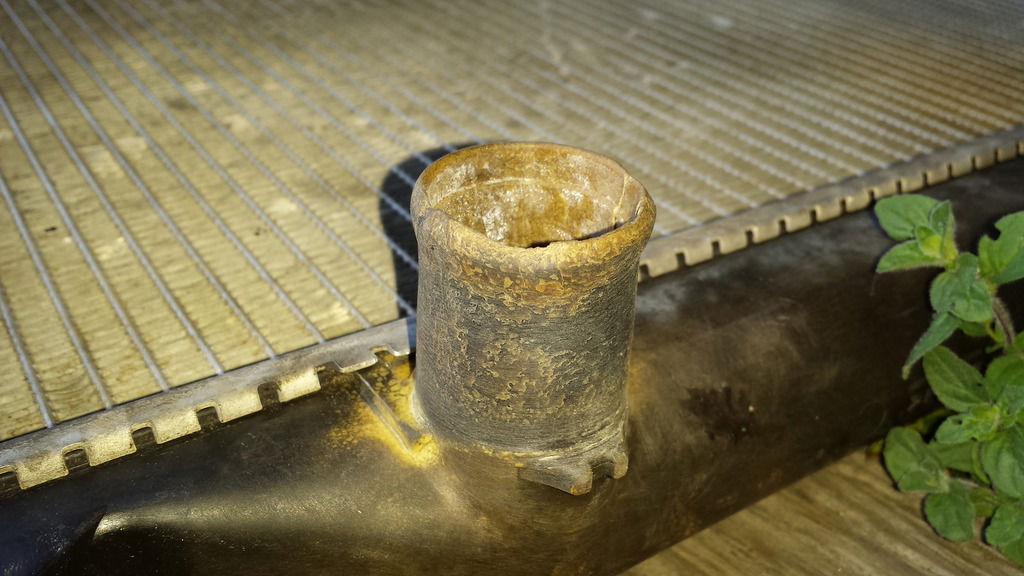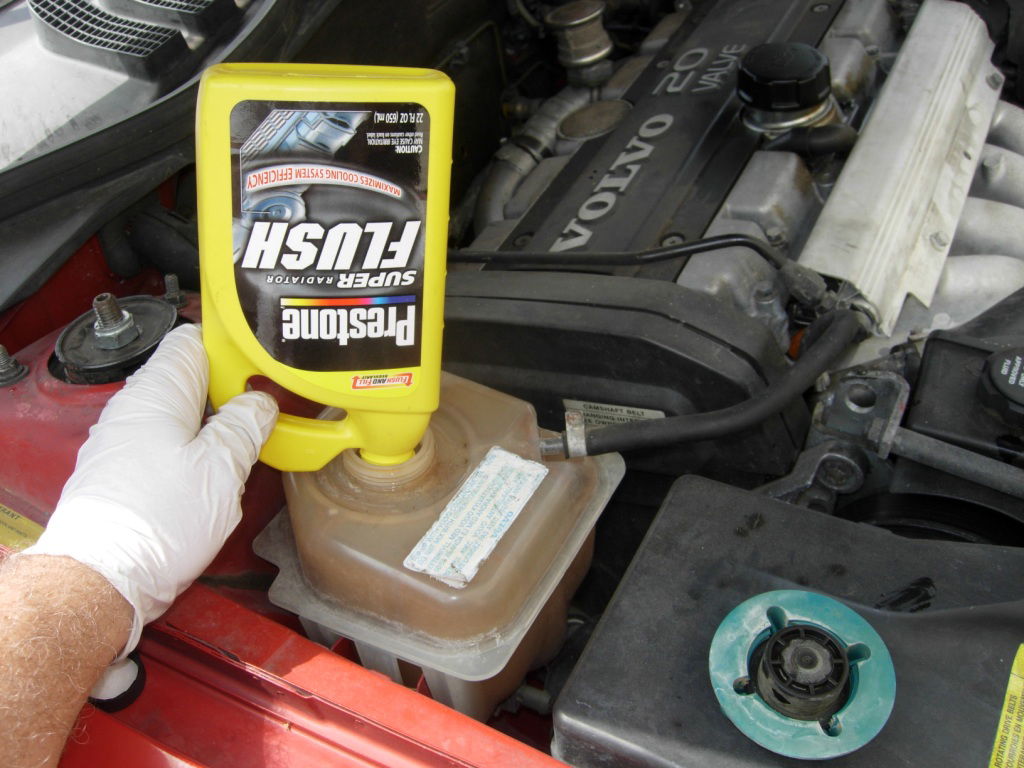How To Flush Your Radiator And Why It Should Be Done Regularly

The cooling system of your car is an easy area to neglect; it doesn’t make any noise and - apart from a temperature gauge - you would never really know it’s doing one of the most important jobs within a car’s mechanical makeup. Engine cooling is accomplished using the radiator, which acts as a large heat exchanger placed in an area of high volume air flow. A water pump is then connected via a serpentine belt to a pulley at the front of the crankshaft, increasing the rate of coolant flow as engine speed rises.
Considering the metals and alloys used within engine block and radiator design, the interaction with water-based coolant will always lead to some form of chemical reaction between the two, leaving unwanted deposits accumulating within the coolant routing. Leave this to build up long enough and you could have a serious issue on your hands.

Many forms of antifreeze are naturally corrosive, so it’s recommended that your coolant should be flushed every two or three years depending on your frequency of car usage. If not, deposits of rust and general scum can begin to block coolant passages in what engineers call heat exchanger fouling. The build-up of unwanted material creates a thermally non-conductive layer within radiator tubes and coolant lines which can drastically hinder the thermodynamic performance of the cooling system.
With the aim of a cooling system being to release as much excess heat from the engine to the surroundings, fouling can encase that energy leading to countless problems associated with an engine overheating. If scum build-up is left to increase over time, coolant can be blocked from circulating around the system leading to a lack of heat transfer and inevitable overheating. The best case scenario is that you spot a slight rise in the temperature guage early enough and act upon it. The real problems occur when neglect leads to the additional heat damaging components for good, chief among which being the head gasket.

Thankfully, there are numerous products you can buy from your local auto shop to maintain your cooling system to a certain extent, prolonging the life of the radiator as well as the car’s engine. To flush a radiator, you need to perform the following steps:
Wait until the engine has cooled down from driving so that the coolant is also at a safe temperature
Remove the radiator cap to release any internal pressure within the cooling system
Jack the front of the car up and locate the radiator drainage plug, placing a tray under it to catch the coolant once released
Unscrew the drainage plug on the underside of the radiator and allow the coolant to fully drain from the system
Screw the drain plug back into place and fill the coolant reservoir with distilled water. Turn on the engine and the waterpump will then circulate this liquid around the engine and radiator to flush the system of any unwanted air bubbles

Add a cooling system flushing agent into the coolant reservoir and allow it to circulate with the coolant
Take your car for a quick drive around the block and allow the temperature to reach a stable value (approximately somewhere between 90 and 110 degrees centigrade)
Now drain the water/flushing agent mixture through the radiator plug, ridding the cooling system of any depositories that were causing fouling
Finally fill the coolant reservoir with a 50:50 coolant and anti-freeze mix or use premixed liquid depending on what the owner’s manual states. Start the engine and allow for any trapped air bubbles to be released
The initial drained fluid will probably be a light brown/rusty colour due to the internal corrosion within the engine and cooling system, but once the flushing agent has travelled throughout the coolant routing, the result should be a much clearer tray of fluid containing the white deposits that were once the source of fouling. Anti-rust solutions can also be added in with the antifreeze at the final stage of the flush as this will prevent the same levels of corrosion occurring again and increasing the life span of your radiator.

Although flushing a cooling system may seem a trivial procedure, it cannot be underestimated as a means of keeping your car on the road. Overheating can be a car killer, so you’d kick yourself if your pride and joy was sent to the scrapyard because you’d neglected a thoroughly-fouled radiator and coolant hosing. So if it’s been a while, take a trip to your local store and spend 15 minutes giving the radiator a flush - it’s the least your car deserves!
When was the last time you flushed your cooling system? Has heat exchanger fouling every brought your car’s life to an end? Comment below with your experiences!


Comments
What about glycol based coolant ?
I flushed when I got the car 3.5 years ago. Did a more simple drain, rinse, and refill about 2 years after that
FLush? i never flush there is nothing to flush…air cooling :P
Everyone please help me I’m gonna be 16 soon and I need a car Paypal.me/2004mrx8420
Was expecting chrisfix’s how to superflush your radiator system video in here. Could be helpfull for some.
Remove the system of all its water, then refill with a waterless coolant
THATS MAH ENGINE!
https://youtu.be/s--5ft5YiHg
i found good manuals on http://owners-owners.com
Pagination